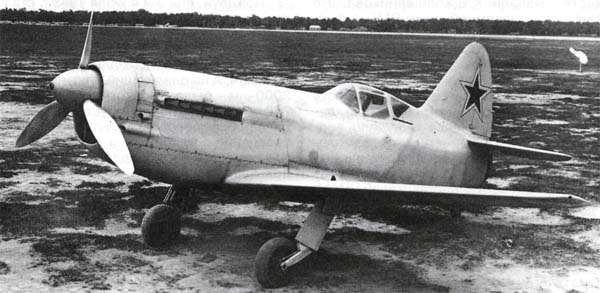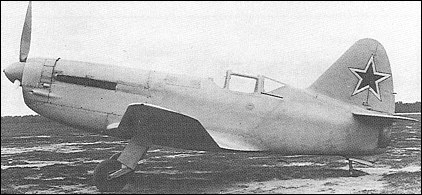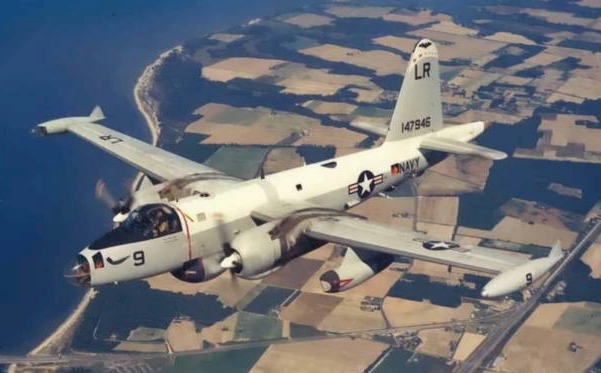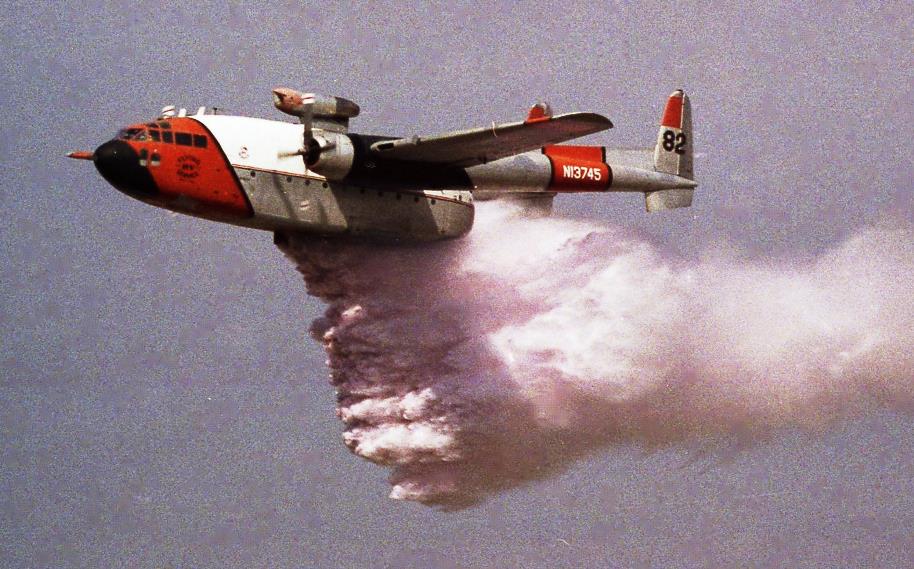Many 3 and 4 engine transport category aircraft are certified for a intentional one engine inoperative takeoff. These flights are ferry flights and as such the only people allowed aboard are the necessary crew. I came across the following procedure for a two engine takeoff on a Boeing 727.
http://www.airliners.net/forum/viewtopic.php?f=3&t=601473&p=9504231&hilit=3+engine+ferry+on+4+engine+airliners#p9504231
Quoting UA735WL (Reply 31):
I remember seeing a post on an earlier thread by a 727 pilot (maxpower1954?) that debunked the idea that the 727 had extended range on 2 engines- something to the tune of that MCT was required to maintain altitude and the extra fuel consumption of maintaining that thrust negated the lack of a 3rd engine AND actually made the aircraft burn more fuel (per ground unit traveled) due to the slower attainable speeds of 2 engine flight.
I concur. If it worked it would have been SOP by operators to do this. 2 engine cruise didn't help fuel savings at all.
Quoting highflier92660 (Reply 30):
Can any Boeing 727 pilots on anet tell us the two-engine takeoff procedures? I assume it's bleed-off/ packs-off and what T/O flap setting were normally used?
Quoting BravoOne (Reply 32):
I think you have it right regarding the packs & bleeds. I would have to imagine flaps 5 would be the best choice but not having done it I remain clueless. I really doubt that World ever ferried a 727 across the CEP on two engines FWIW.
Just ran a quick runway analysis on my old 727 program, yeah, it's quite limiting to do a 2 engineferry. Must be VFR, avoid icing enroute.
Oakland rwy 30, 24 degrees C, 727-200 with -15 engines.
Flaps 5 you are limited by climb gradient to 136,700
Basically with a BOW weight of around 95k, you have about 2.5-3 hours of fuel.
Books says....
BEFORE TAKEOFF
Use flaps 5° for takeoff unless runway performance
is limiting.
Turn galley power off. Reduce nonessential electrical
loads.
Turn cabin pressurization bleeds off for takeoff.
TAKEOFF
The procedure described for Takeoff in the Normal
Procedures section is equally applicable to two engine
ferry takeoffs, except that 400 ft will be used
as a level off height for flap retraction (unless higher
is required for obstacle clearance). When a pod engine
is inoperative, considerable rudder pedal steering
will be required at the start of the takeoff roll.
This procedure is suitable for ferry takeoff from dry
runways for all B-727 aircraft.
Takeoff will be made with increased VR and V2
speeds, based on the Runway Limit or Climb Limit
Two-EngineFerry Maximum Gross Takeoff Weight,
whichever is lower. This will produce the maximum
second segment climb rate.
All takeoffs will be performed from the Captain's
seat.
All thrust levers will be advanced for takeoff, to ensure
proper activation of all takeoff warnings.
If the takeoff is aborted because of to directional controllability,
DO NOT ATTEMPT ANOTHER TAKEOFF.
Do not operate gear and flaps simultaneously.
PS in









































